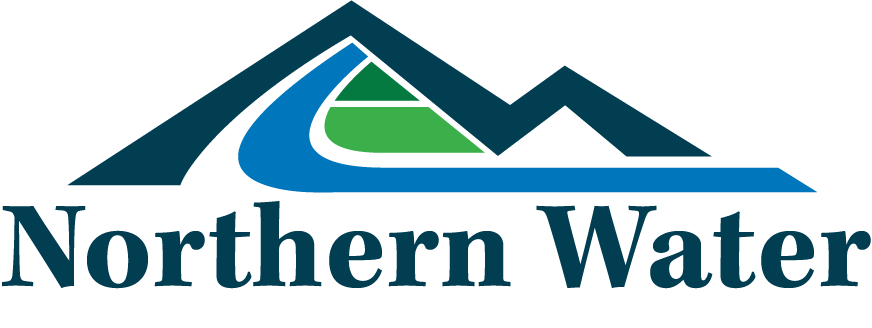East Slope Fire Recovery
Recovery Begins from Alexander Mountain, Stone Canyon Fires
Northern Water staff and regional partners have started the difficult work of post-fire restoration following a pair of wildfires that burned in August 2024 near Colorado-Big Thompson Project infrastructure.
The Alexander Mountain Fire started July 29 north of U.S. Highway 34 in the Big Thompson Canyon and burned nearly 10,000 acres before crews reached full containment on Aug. 17. The Stone Canyon Fire ignited on July 30 north of Lyons and burned 1,557 acres before being contained on Aug. 5.
Firefighters and equipment from around the region were engaged to fight the fire, and included in the effort were several fixed-wing airplanes and helicopters to deliver water and fire retardant to the scene. Horsetooth Reservoir, the largest Colorado-Big Thompson Project reservoir on the East Slope, provided water for the aerial equipment fighting the fire.
For the foreseeable future, Northern Water will be monitoring both canals for potential impacts from materials released by the fire and now part of the soil adjacent to them. Northern Water also will be working with agencies including the U.S. Forest Service, U.S. Geological Survey, Larimer County, Boulder County, Big Thompson Watershed Coalition and others as the fire recovery strategy is formulated and put into place.
Larimer County Fire Resources
Hillside Stabilization Helps in Post-Fire Work
Both fires may pose future challenges to water quality in the C-BT Project because they burned to the edge of canals that deliver water to Northern Colorado communities. In the case of the Alexander Mountain Fire, some of the hillsides affected by flames could drain directly into the Hansen Feeder Canal that transports water from Flatiron Reservoir to Loveland’s Green Ridge Glade Reservoir, Horsetooth Reservoir and several other water users.
The St. Vrain Supply Canal in Boulder County also had fire burn to its edge, but the flatter gradient and presence of small ditches to catch potential debris has reduced the threat of negative impacts.
When officials determined it was safe, a contractor for Northern Water started to apply a reseeding mixture to the hillsides to promote new growth, as well as filtration wattles to catch ash and debris before they could enter the canal. Those efforts are focused on drainages where water enters the canal to ensure clean water continues being delivered to our users.


